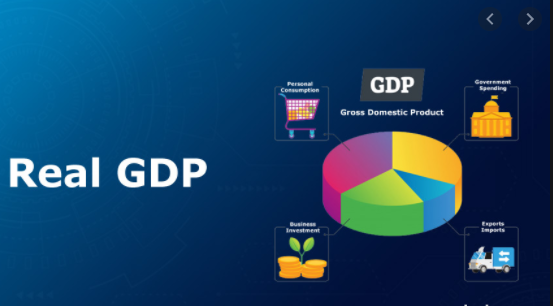Country’s nominal GDP faces collapse close to $20 billion in 2020, the lowest level in at least 15 years
Lebanon’s real GDP could decline by 25 percent with its nominal GDP in US dollar terms collapsing close to $20 billion in 2020 from $55 billion in 2019, the lowest level in at least 15 years, according to Fitch Ratings.
This projection is highly uncertain given the unfolding economic crisis and assumes an average effective exchange rate of LBP5,000 to the US dollar. There are multiple exchange rates currently in operation, ranging from the official LBP1,500 to a parallel rate of around LBP7,000 (which had weakened to LBP9,000).
In April, Lebanon outlined a financial recovery plan, including an indicative debt restructuring plan, but has not reached agreement with external or domestic bondholders. A number of interlocking factors have been hindering progress, including the need to also restructure the banking sector and the balance sheet of Banque du Liban (BdL), the central bank), domestic disagreement between the newly-resigned government and the financial sector over the restructuring process, failure to secure an IMF deal and now the need for a new government.
Progress with reform and debt restructuring will require greater unity among political and economic elites, the prospects for which remain uncertain.
The short-lived government of Hassan Diab resigned on August 10 following the catastrophic blast in the port of Beirut, which provided irrefutable evidence of the country’s widespread governance failings.
It is unclear when a new government will be formed and whether parliamentary elections due in 2022 will be accelerated. The international community has emphasised the need for Lebanon’s political class to show commitment to reforms to unlock external financing.
The IMF would likely require some prior actions before agreeing to a funding programme.
Fitch Ratings has affirmed Lebanon’s Long-Term Foreign-Currency Issuer Default Rating (IDR) at Restricted Default (RD) and Long-Term Local-Currency IDR at “CC”.
The Agency has previously downgraded Lebanon’s Long-Term Foreign-Currency Issuer Default Rating (IDR) to ‘RD’ from ‘C’.
Lebanon remains in RD on its foreign currency government debt, following the sovereign’s failure to pay the principal on the Eurobond that matured in March.
The government has stopped servicing its outstanding stock of Eurobonds pending a debt restructuring. The government is servicing its local-currency government debt to private creditors while it decides on the timing and approach to restructuring it.
The immediate problem remains the negative foreign currency position at BdL and the consequences of this for banks and depositors.
On August 9, the IMF made clear the key reforms Lebanon needs to show commitment to in order to secure a programme, which in turn would unlock other external financing including from the World Bank and repurposing of the $11 billion of funds agreed at the CEDRE donor conference.



